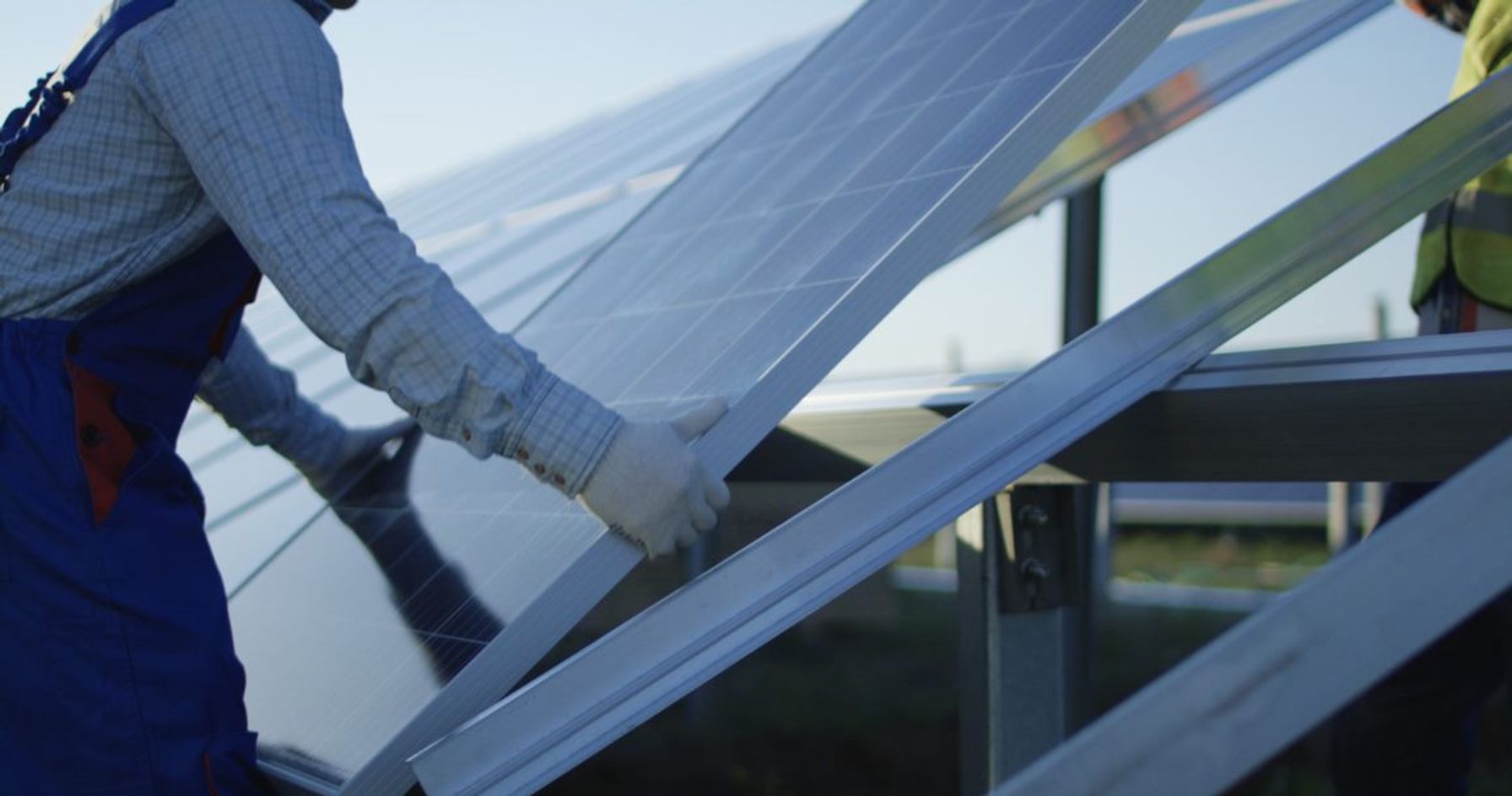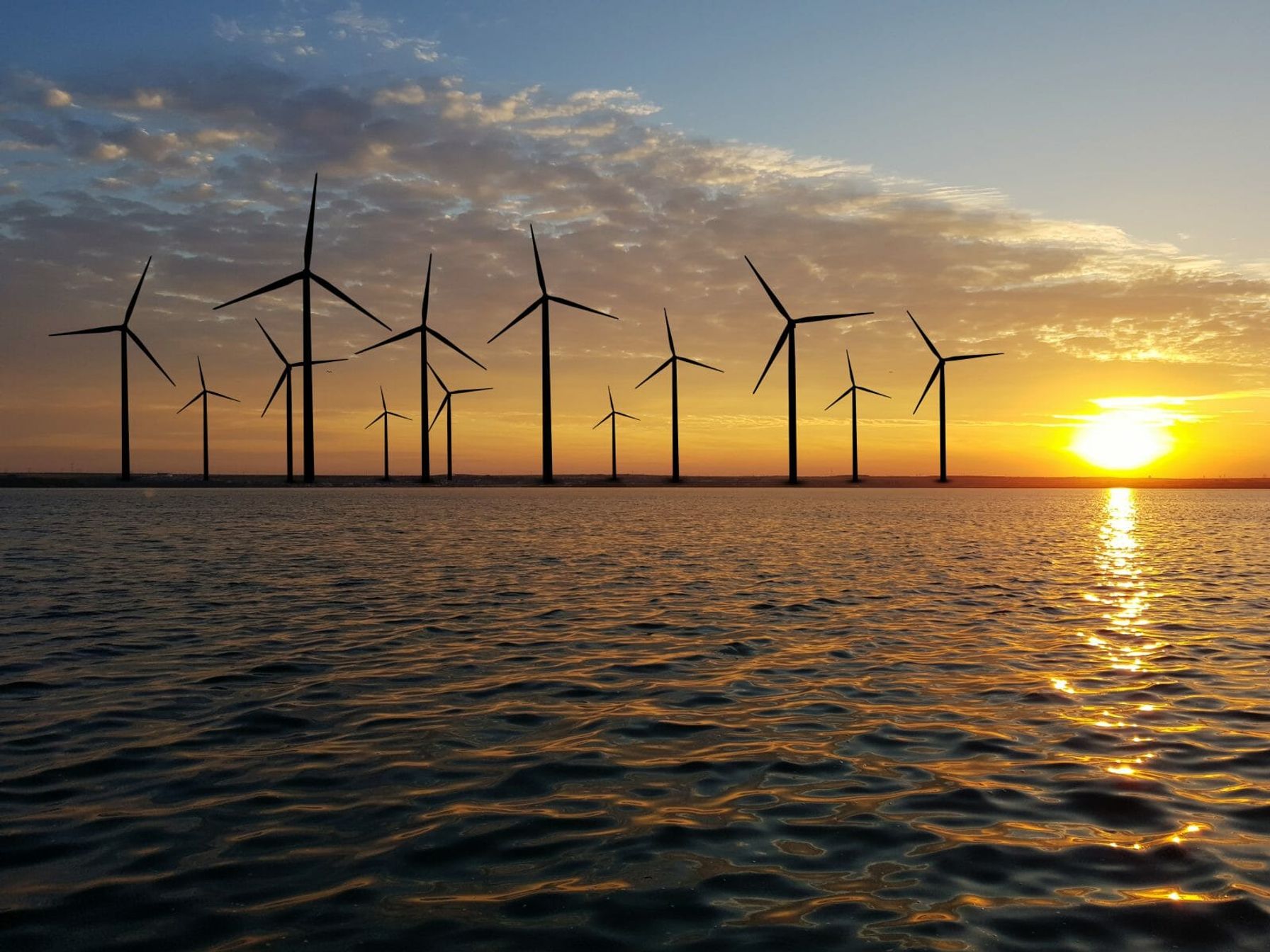
Part 3
Transitioning Away From Hydrocarbons
The transition from oil and gas to renewables has involved complicated technological research. Sustainable energy production has become a priority around the world. Although the transition has been slow, technological advancements are promising. When approaching an energy transition, leaders should consider all different possible avenues and their potential impacts. Many alternative energy sources are available, each with its own pros and cons.
The transition away from hydrocarbons encompasses more than energy production — it also involves finding alternatives for industrial processes and plastics. Learn about the societal shift away from hydrocarbons and what that might mean.
Why Should We Shift Away From Fossil Fuels?
Why is it necessary to move away from fossil fuels in the first place? Fossil fuels are nonrenewable. They cause severe environmental damage and pollution and contribute to climate change. Despite their efficiency and energy density, fossil fuels are hazardous, damaging ecosystems and threatening public health. For those reasons, society will decrease its reliance on fossil fuels and hydrocarbons in other forms meaning utilities and renewable energy project developers need to explore new options for the future.
What Can Replace Hydrocarbons?
Solutions for phasing out hydrocarbons are complicated and change every year. Several different sources of renewable energy and alternative fuel could replace hydrocarbons. The most viable solution will likely be a combination of various renewable energy methods, varying based on location, resource availability, economies and other factors. When it comes to manufactured products, a replacement for hydrocarbons could be bioplastics composed of resources other than fossil fuels. Alternatives are possible for electricity, manufacturing and fuel.
Alternative Electricity Sources
Utilities have utilized hydrocarbons for electricity for many years now — the question of alternative electricity sources has garnered a great deal of attention and research. Many different options are available for electricity generation. Each has varying availability and reliability, so society will need to utilize a combination of renewable and clean energy sources. Some advancing and emerging technologies include the following power sources. An energy transition to renewables could include greater reliance on:
Solar Challenges
Among solar’s challenges is its reliability, which varies based on location and time of year. Consistent access to sunlight is necessary for solar engineering to work. Some solar arrays include batteries or fuel cells for excess energy storage. With battery storage, the user can access energy when sunlight is not available. Otherwise, landowners who have solar panels partner with local utility companies to access the energy grid when necessary.
Another challenge that applies to all forms of solar energy is the space it must take up. Solar arrays monopolize space and require access to sunlight, like trees and other plants. To avoid unnecessary habitat loss, it’s best to place solar panels on existing rooftops or other structures.
Onshore vs. Offshore
The biggest decision for wind energy production is where to place turbines. Placement can be either on or offshore. Onshore wind turbines are located on land, while offshore wind turbines are located over large bodies of water, most often the ocean. Offshore wind speeds are faster, generating more electricity. However, initial installation and ongoing maintenance are more complicated and expensive.
Other Alternatives to Consider
Alternatives to Plastics
Alternative energy sources are not the only replacement necessary for fossil fuels — plastics also derive from fossil fuels. Fossil fuel-based plastics have raised concerns about pollution and public health. For instance, microplastics found in drinking water could cause serious health issues. Because plastic does not biodegrade, plastic debris often makes its way to the ocean — up to 90% of the trash in the ocean and on the world’s beaches is plastic.
Researchers have been developing plastic alternatives. Bio-based plastics, created from renewable products, could replace synthetic plastics made from fossil fuels. Bioplastics represent a growing industry projected to reach $44 billion by 2022. Bioplastics can derive from several different sources, including:
- Lignin or cellulose.
- Terpenes.
- Vegetable fats and oils.
- Carbohydrates.
- Recycled food waste.
- Bacteria.
Although bioplastics produce fewer greenhouse gas emissions in their lifetime than traditional plastics, they can still have negative environmental impacts. When disposed of improperly, bioplastics can damage recycling efforts. In addition, bioplastic production requires large land areas and uses fuel-run machinery.
While alternatives to plastics are promising, there also needs to be a cultural shift towards reusing goods and reducing waste. Reusable products are growing in popularity. For example, the reusable water bottle market should reach $10.6 billion by 2025. Stepping away from single-use products would help to reduce global pollution.
Fuel Alternatives
Fossil fuels also power vehicles in the form of petroleum. Renewable alternatives use biological materials to produce fuel. They’re easy to replenish — unlike fossil fuels, which take millions of years to form. Biofuel alternatives include a range of sources.
Biofuel is any fuel produced from biomass — biomass is plant or animal material, such as wood, crops or animal waste. Utilizing biomass is not a new concept. Biomass was the first energy source humans ever used and remains important in many parts of the world today. Examples of biofuels include ethanol and biodiesel, which are viable because they’re compatible with existing vehicle engines and infrastructure.
- Ethanol: Ethanol biodiesel derives from plant materials, most often corn or sugarcane. It’s a simple alcohol, containing hydrogen, carbon and oxygen. Blending it with gasoline helps reduce carbon emissions. It’s also cost-effective to produce. However, ethanol has its cons. Since it comes from food crops, its production could inflate food prices or create food scarcity. In addition, the process to create ethanol is land- and energy-intensive, limiting its positive environmental impact.
- Biodiesel: Biodiesel comes from vegetable oils or liquid animal fats. Its sources must contain long-chain fatty acids. Examples include maize and soybeans. While ethanol requires blending with gasoline, biodiesel is most often blended with petroleum diesel.
Frequently Asked Quesions

Go to Part 4: From Planning to Construction
A widespread societal shift is underway — now is the time to reduce reliance on fossil fuels and begin renewable energy projects. Learn about the process of investing in renewables and use the renewable energy project development guide to help you get started.
Learn More from TRC
Reach out to our experts today.












